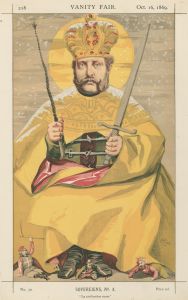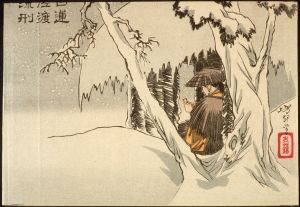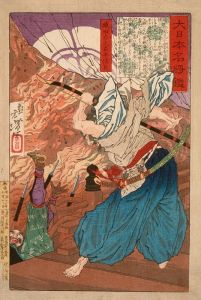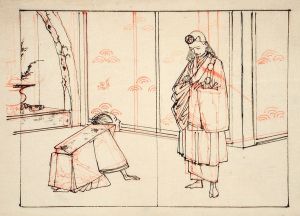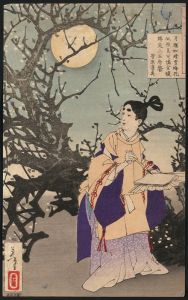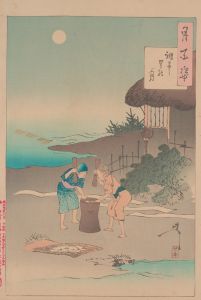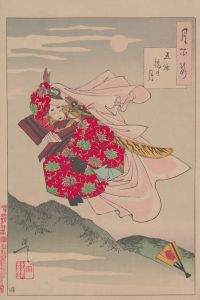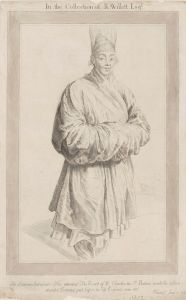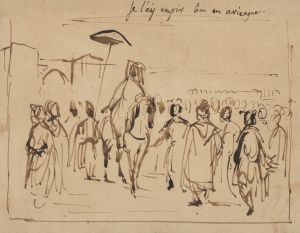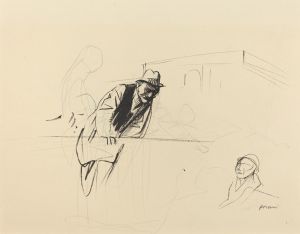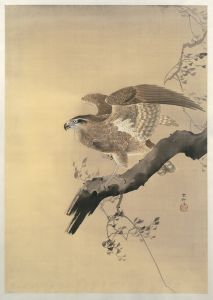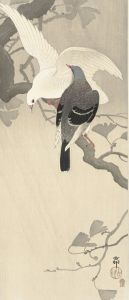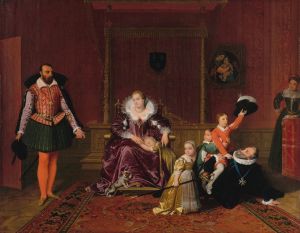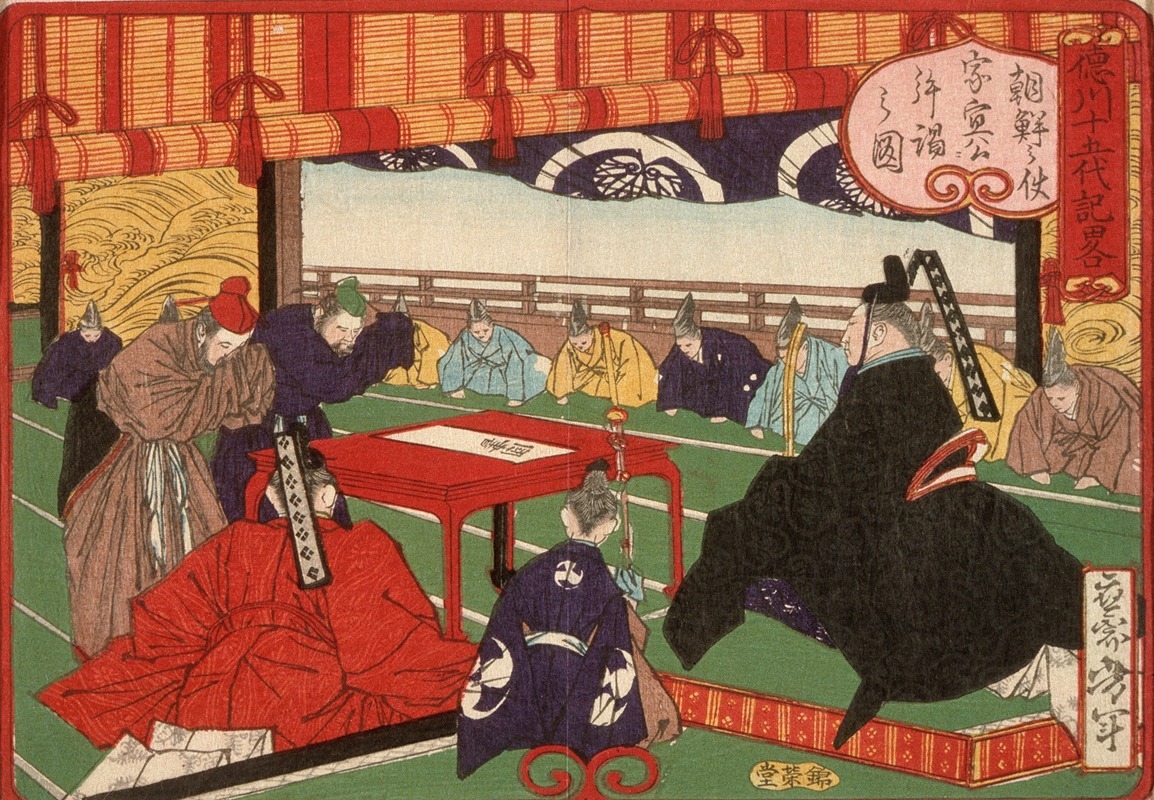
A Messenger from Korea in Audience with Tokugawa Ienobu
A hand-painted replica of Tsukioka Yoshitoshi’s masterpiece A Messenger from Korea in Audience with Tokugawa Ienobu, meticulously crafted by professional artists to capture the true essence of the original. Each piece is created with museum-quality canvas and rare mineral pigments, carefully painted by experienced artists with delicate brushstrokes and rich, layered colors to perfectly recreate the texture of the original artwork. Unlike machine-printed reproductions, this hand-painted version brings the painting to life, infused with the artist’s emotions and skill in every stroke. Whether for personal collection or home decoration, it instantly elevates the artistic atmosphere of any space.
Tsukioka Yoshitoshi's artwork A Messenger from Korea in Audience with Tokugawa Ienobu is a woodblock print created during the late Edo period in Japan. Yoshitoshi (1839–1892) was a prominent ukiyo-e artist known for his innovative and dramatic style, which often depicted historical and cultural themes. This particular print is part of his series A New Selection of Eastern Brocade Pictures (Shinsen Azuma Nishiki-e), produced in the 1880s. The series aimed to illustrate significant historical events and figures from Japanese history.
The artwork portrays a diplomatic meeting between a Korean envoy and Tokugawa Ienobu, the sixth shogun of the Tokugawa shogunate, who ruled Japan from 1709 to 1712. Such diplomatic missions were part of the long-standing relationship between Japan and Korea during the Edo period. These missions, known as Joseon Tongsinsa (朝鮮通信使), were formal delegations sent by the Joseon Dynasty of Korea to Japan to foster peaceful relations and cultural exchange. The Joseon Tongsinsa were particularly significant during the Tokugawa shogunate, as they symbolized the restoration of diplomatic ties following the Japanese invasions of Korea in the late 16th century.
In the print, Yoshitoshi captures the moment of the Korean envoy's audience with Tokugawa Ienobu. The composition reflects the formal and ceremonial nature of such meetings, emphasizing the cultural and political importance of the event. The Korean envoy is depicted in traditional Joseon-era attire, which was distinctive and elaborately designed, while Tokugawa Ienobu is shown seated in a position of authority, dressed in the formal robes of a shogun. The setting likely represents a grand hall within Edo Castle, where such audiences typically took place.
Yoshitoshi's work is notable for its attention to detail and historical accuracy in depicting clothing, gestures, and architectural elements. However, as with many ukiyo-e prints, the artist also imbues the scene with a sense of drama and stylization, characteristic of his artistic approach. The print serves not only as a historical record but also as a reflection of the Edo-period fascination with diplomacy and foreign cultures.
This artwork is an example of how Yoshitoshi used his medium to explore themes of history and cultural interaction, contributing to the broader understanding of Japan's relationships with neighboring countries during the Edo period. It remains a valuable piece for studying the artistic and historical narratives of 19th-century Japan.





